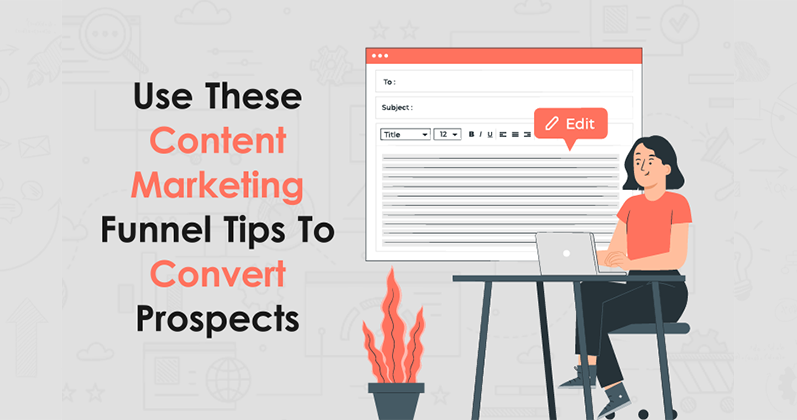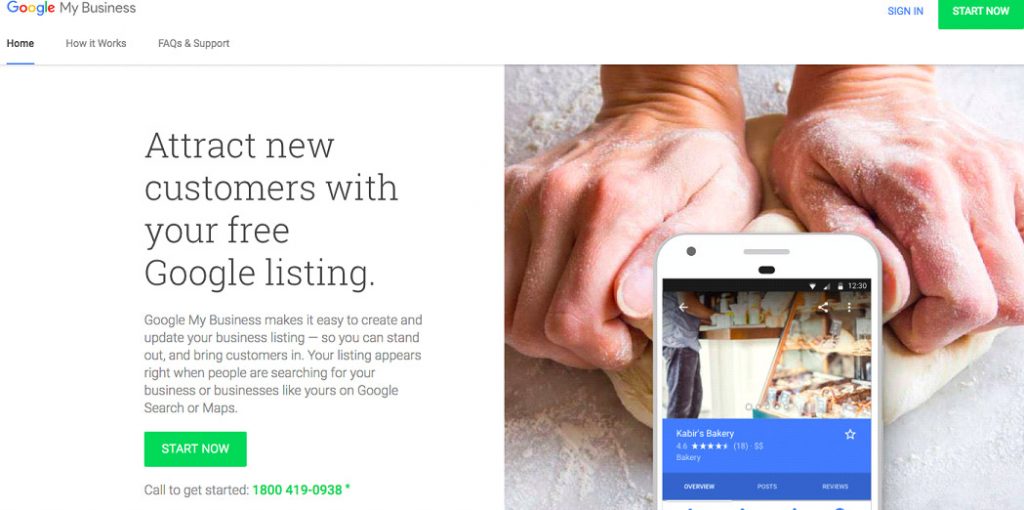How to Optimize Blog Posts For SEO
Here are some of the key factors you need to keep in mind while creating content. These blog SEO tips will ensure your blog posts rank higher on a search engine and unlock higher visibility.
Keyword Research: Finding the Right Terms for Your Blog Post
Keyword research helps you understand your target audience’s language when searching for information.
Conduct keyword research to identify relevant and appropriate keywords and phrases that users search for commonly.
Identify related keywords using tools like Google Keyword Planner, SEMrush, Ahrefs, etc. These tools help you discover popular and semantically related keywords for your blog posts. They also provide valuable insights on keywords like popularity, search volume, and competitor analysis.
Once you have a list of potential keywords, it’s important to consider their search volume (how often they’re searched for), competition (how many other websites are targeting the same keyword), and search intent (why these keywords are being searched by users).
Let’s take an example. When a user searches “beginner’s workout,” they might just be doing some research and looking for more information to gather knowledge. But if this user searches for “best 30-minute workout for beginners,” then they are looking for a specific result that can help them make a decision.
You need to optimize your blog content according to users’ search intent. Include relevant keywords in your meta description or title tag.
Use long tail keywords in your new blog post and meta description to target an audience with specific search intent. Aim for a balance between high search volume and manageable competition.
Creating High-Quality Content: The Foundation of Blog SEO
When your content has high quality, your chance to appear higher in search engine rankings increases. Highly valuable content means more engagement and more interested visitors.
When creating content, focus on the following factors:
- Relevance: Ensure your content directly addresses the topic or question your audience is searching for. Relevant content increases the visibility instantly.
- Authentic: Avoid plagiarism. Create unique content and share valuable insight from a fresh perspective.
- Engagement: Encourage interaction with your content through comments, shares, and social media engagement.
- Length: While there’s no strict rule, in-depth, comprehensive content often performs better in search results.
Make sure your content is clear, concise, and provides real value to your audience.
Making the Most of Meta Tags: Title Tags and Meta Descriptions
Meta tags and meta descriptions are the first things search engine users see when your blog post appears in search results. They help in getting more clicks. Here’s how to optimize them:
- Title Tag: Make it compelling, concise, and relevant to the content. Include the primary keyword if possible.
- Meta Description: Craft an engaging summary that entices readers to click through. Use actionable and focus keyword that is relevant to your content.
Meta descriptions provide featured snippets of your content, so try to be as relevant as possible and avoid click baits!
Proper Use of Headings: H1, H2, H3 and Beyond
Headings are like roadmaps for both readers and search engines. They tell the audience about your content through featured snippets. To make sure you use the proper titles, follow these steps:
- H1 Tag: This is the main blog post title. It should briefly summarize the main topic or point of your blog post.
- Subheadings (H2, H3, and beyond): Use subheadings to divide your content into sections. Each subheading should provide a clear idea of what that section covers.
Properly structured headings make your content easier to read and help a search engine understand the hierarchy and relevance of your information.
Image Optimization: How to SEO Your Blog Post Images
Images enhance your blog’s visual appearance. They also help you curate SEO-friendly blog posts and improve on page SEO.
For image optimization of your blog posts, follow these tips:
- Descriptive File Names: Instead of generic names like “IMG1234,” use descriptive names like “healthy-eating-tips.jpg.”
- Alt Tags: Provide alternative text that describes the image. This process helps search engine bots understand the content of the image.
Image optimization improves accessibility and user experience, especially when they are using your content on mobile devices.
The Power of Internal and External Links in Blog SEO
Links are the pathways that connect different pieces of content on the internet. Link building is important in SEO.
Here’s how you can use their power:
- Internal Links: These links point to other pages within your blog post or web page. They help readers explore more of your content and show search engine crawlers how organized your blog is. When using internal links, choose anchor text (the keywords containing the link) that’s descriptive and relevant to the linked content.
- External Links: Also known as outbound links, these point from your blog to other websites. These links add credibility and context to your content. When you add links from other websites, make sure they are from reliable and trustworthy sources.
- Backlinks: Another kind of external link, a backlink points to your blog from other websites. Backlinks act as recommendations or votes of confidence. The more reputable and relevant the linking site is, the more valuable the backlink in the eyes of search engines.
You need to signal that your content is recommended and trustworthy to rank higher on the search engine results page. Optimize blog content with both external and internal links to improve user experience.
Mobile Optimization: Ensuring Your Blog is Mobile-Friendly
With an increasing number of users accessing the internet on mobile devices, having a mobile-friendly blog is important for SEO.
Here’s how you can ensure your blog is optimized for mobile:
- Responsive Design: Ensure your blog’s design adapts and displays well on different screen sizes, including smartphones and tablets. This enhances the user experience and makes your blog configurable anywhere and anytime.
- Fast Loading Time: Mobile users have little patience for slow-loading pages. To improve your blog’s on-page SEO and load time on mobile devices, make sure you optimize images, use Google images, minimize script, and utilize caching.
- Readable Font Sizes: Text should be easy to read without the need to zoom in. Use legible font and maintain a comfortable font size for mobile users.
- Avoid Pop-ups and Intrusive Elements: Pop-ups that cover the main content or are difficult to close on mobile screens can frustrate users. Avoid using such pop-ups, if possible, and if not, use non-intrusive methods to engage your audience.
- Optimize Images for Mobile: Compress images without sacrificing quality to reduce load times on mobile devices.
Optimizing your blog post for mobile usage enhances the user experience. Google search console prioritizes mobile-friendly pages and shows them on the top of SERP. This way, your blog post gets the visibility it deserves, and users will likely engage more with your content.
The Role of Social Sharing in Blog SEO
Users in social media platforms are increasing day by day and have become the rising hub of activities. That is why these platforms are commonly used for improving SEO efforts.
Here’s how you can make the most of social sharing:
- Shareability: Craft attention-grabbing headlines and featured snippets that compel users to click and share your content.
- Engagement: Respond to comments, questions, and shares on your social media posts. When you engage with your audience, it results in more shares and better visibility.
- Consistency: Maintain a regular posting schedule on your social media channels to keep your audience engaged and aware of your content.
- Use Hashtags: Incorporate relevant hashtags to increase the discoverability of your content.
Social sharing drives traffic directly from social media platforms and sends positive signals to search engines, indicating that your content is valuable and relevant.
Keeping Up with SEO Changes: The Importance of Regularly Updating Your Blog Posts
The digital landscape is ever-changing, and search engine algorithms are no exception. It’s important to keep your blog updated in order to maintain its visibility and relevancy.
Here’s how:
- Refresh Content: Periodically revisit and update older blog posts with new information, statistics, or insights.
- Check for Broken Links: Ensure all links in your blog post are active and lead to relevant, authoritative sources.
- Monitor Keyword Performance: Keep an eye on how your target keywords are performing. Adjust them if needed to align with changing search queries.
- Stay Informed: Keep up with industry news, SEO-friendly blog posts, and updates from search engine rankings to adapt your strategy as needed.
Regularly upgrade and optimize your blog posts so that the Google search console can find your content current and reliable. It will be easy for your content to appear higher on the search engine results page.















